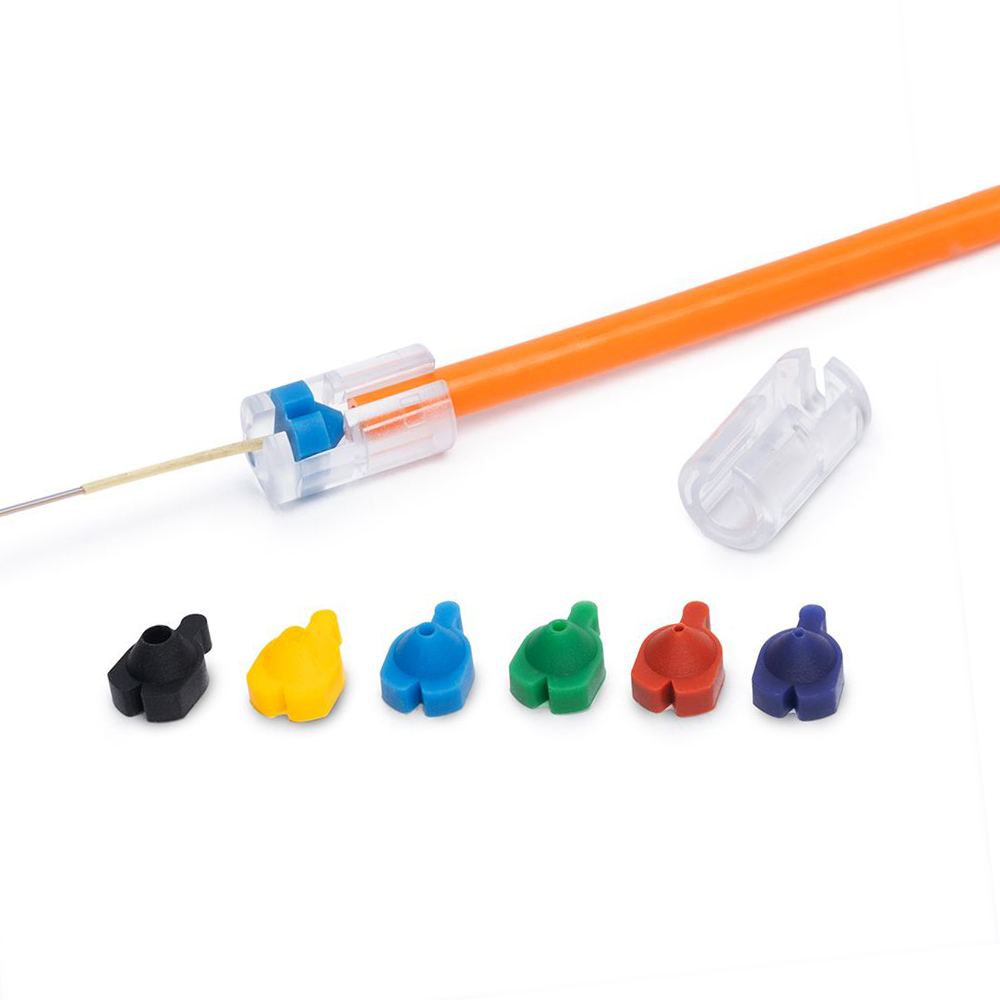Microduct connectors have become an integral part of modern communication networks, enabling the seamless transmission of data and information. As technology continues to advance at a rapid pace, the future of microduct connectors holds exciting possibilities. In this article, we will explore some of the key trends that are shaping the future of microduct connectors.
1. Miniaturization and Higher Density
One of the prominent trends in microduct connectors is the ongoing miniaturization of components. As demand for higher data transmission capacity grows, the need for smaller and more densely packed connectors becomes crucial. Manufacturers are investing in research and development to create microduct connectors with reduced size and increased density, allowing for more efficient use of limited space in communication infrastructure.
2. Enhanced Durability and Reliability
In the future, microduct connectors are expected to exhibit improved durability and reliability. With the increasing deployment of communication networks in challenging environments, such as underground or outdoor installations, connectors need to withstand harsh conditions, including temperature variations, moisture, and physical stress. Future microduct connectors may incorporate advanced materials and robust designs to ensure long-lasting performance and minimize maintenance requirements.
3. Higher Data Transmission Rates
As data demands continue to surge, microduct connectors are being designed to support higher data transmission rates. The future of microduct connectors will see advancements in transmission technologies, such as increased fiber count and improved signal integrity. These developments will enable faster and more efficient data transfer, meeting the growing needs of bandwidth-intensive applications like high-definition video streaming, cloud computing, and Internet of Things (IoT) devices.
4. Integration with Smart Infrastructure
Microduct connectors are expected to play a vital role in the development of smart cities and infrastructure. As cities become more interconnected and reliant on data-driven technologies, microduct connectors will facilitate the seamless integration of various systems, including telecommunications, transportation, utilities, and public safety. Future microduct connectors may incorporate smart features like remote monitoring capabilities and self-diagnosis to enable proactive maintenance and optimize network performance.
5. Sustainability and Environmental Considerations
With a growing focus on sustainability and environmental impact, future microduct connectors are likely to incorporate eco-friendly materials and energy-efficient designs. Manufacturers are exploring ways to reduce the carbon footprint of their products by using recyclable materials, implementing energy-saving manufacturing processes, and promoting responsible disposal practices. These efforts align with the global push towards sustainable development and contribute to a greener future.
In conclusion, the future trends in microduct connectors are driven by the need for miniaturization, higher density, enhanced durability, higher data transmission rates, integration with smart infrastructure, and sustainability. As technology continues to evolve, microduct connectors will play a crucial role in enabling faster, more reliable, and efficient communication networks. By staying at the forefront of these trends, manufacturers can meet the evolving demands of the digital age and contribute to a connected future.
Remember to stay tuned for the latest advancements in microduct connectors as they continue to shape our interconnected world!
Post time: Dec-09-2023







